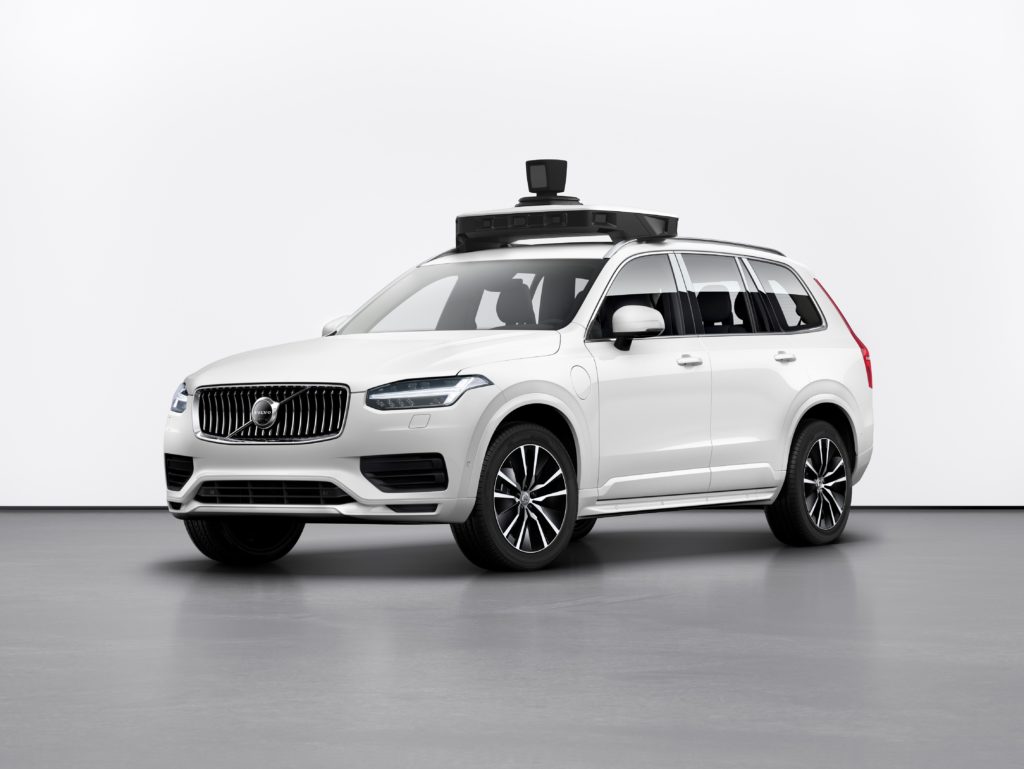Volvo Cars has combined the base model of an XC90 SUV with a self-driving system from Uber Advanced Technologies Group to create its first production-standard autonomous vehicle.
The result of a three-year collaboration in AV development, the self-driving Volvo XC90 is part of an ongoing commercial agreement with Uber for the delivery of tens of thousands of autonomous drive-ready base cars over the coming years.
The base XC90 has been equipped with key safety features that enable Uber to easily install its own self-driving system. The most important features include several back-up systems for both steering and braking functions, as well as battery back-up power. If any of the primary systems should fail, the back-up systems are designed to immediately act to bring the car to a stop.
In addition to Volvo’s back-up systems, built-in sensors enable Uber’s self-driving system to operate and maneuver safely in an urban environment. Volvo and Uber hope that the new system will eventually lead to autonomous ridesharing without the need for a Mission Specialist overseeing the car.
“We believe autonomous-drive technology will allow us to further improve safety, the foundation of our company,” said Håkan Samuelsson, president and chief executive of Volvo Cars. “By the middle of the next decade, we expect one-third of all cars we sell to be fully autonomous. Our agreement with Uber underlines our ambition to be the supplier of choice to the world’s leading ridehailing companies.”
Eric Meyhofer, CEO of Uber Advanced Technologies Group, said, “Working in close cooperation with companies like Volvo is a key ingredient to effectively building a safe, scalable, self-driving fleet. Volvo has long been known for its commitment to safety, which is the cornerstone of its newest production-ready self-driving base vehicle. When paired with our self-driving technology, this vehicle will be a key ingredient in Uber’s autonomous product suite.”
Volvo Cars plans to use a similar autonomous base vehicle concept for the introduction of its future autonomous drive cars in the early 2020s. These technologies, to be introduced on the next generation of Volvo models based on SPA2 vehicle architecture, will include features designed to enable unsupervised autonomous driving in clearly designated areas such as highways and ring roads.


